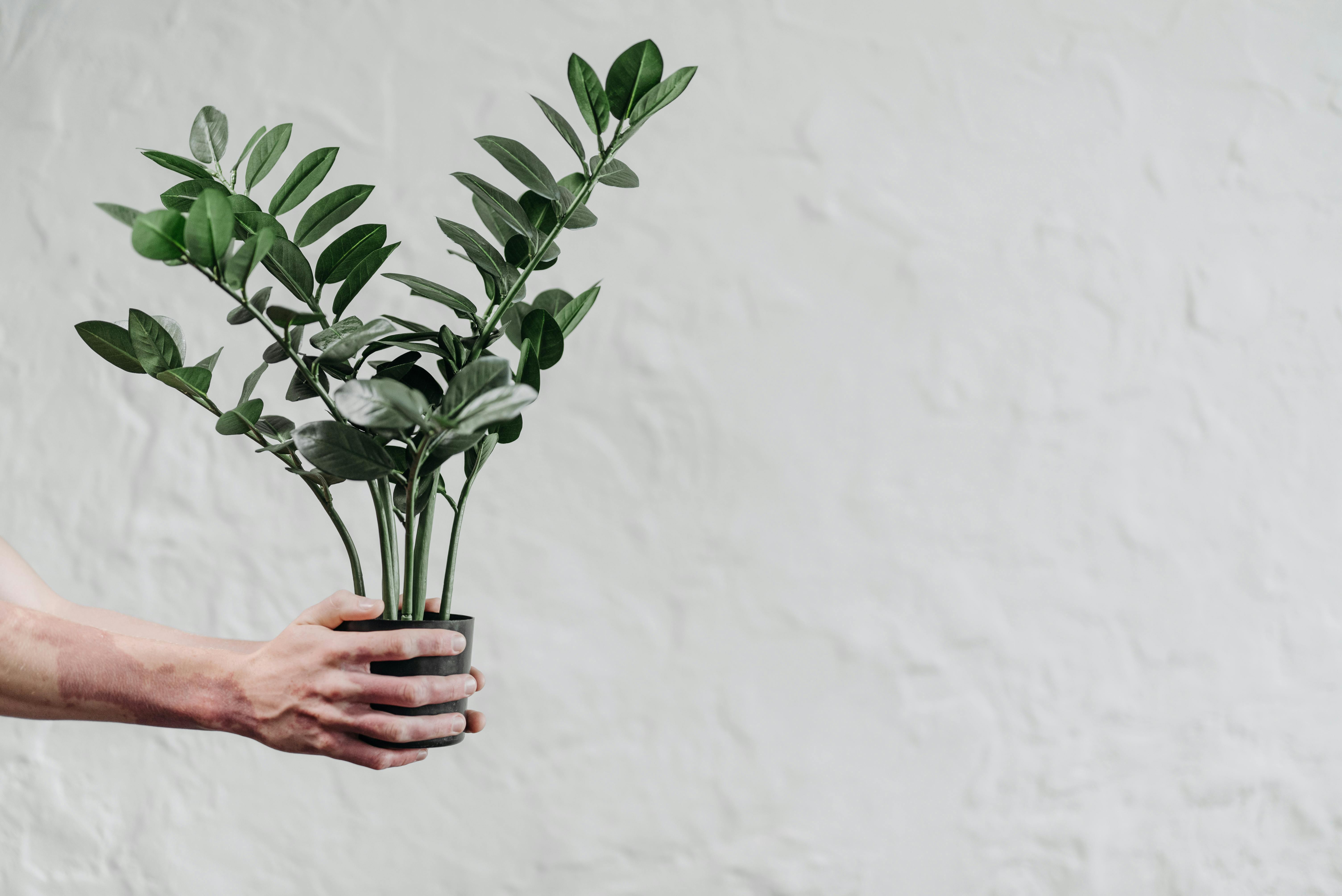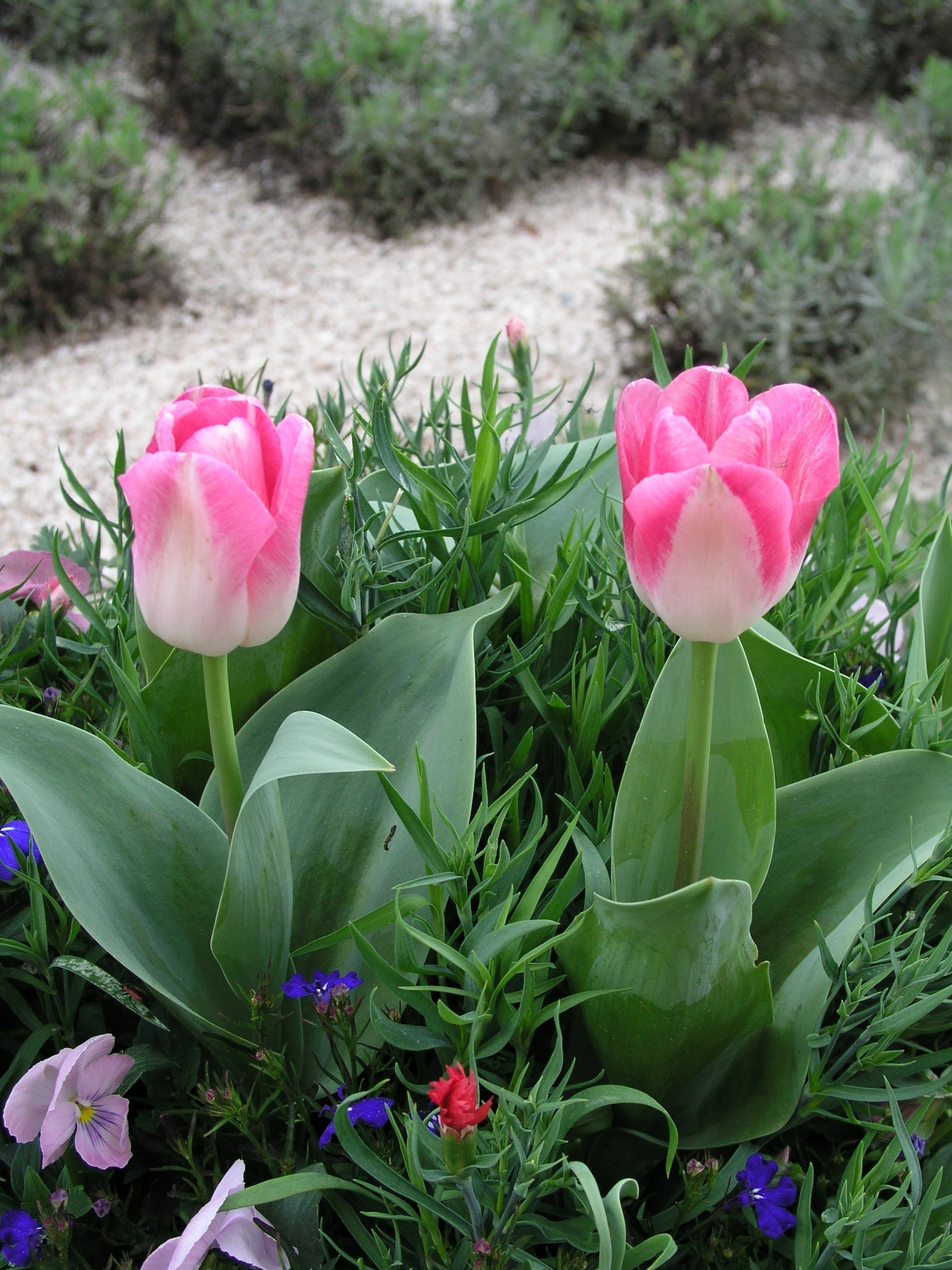TLC needed after the lengthy hot period, while some new additions can be made
October is the start of the Cyprus gardening year for me as well as many other serious gardeners. If this has been your first taste of how hot a Cyprus summer can be, I need to warn you that over the last few years we have had a sudden rise in temperatures in April and onwards, which is unkind to the garden just as everything is putting on growth, so bear that in mind.
Summer along the coast is long, running from late May to early October, and it’s hot and sunny, a little muggy, but tempered by sea breezes there. From June to September, it never rains for a long period, but the sun always shines and summer temperatures inland can double the norm in some places, so be prepared.
Gardens that are fenced in or have a hedge growing around them can suffer with this heat as well as the winter chill, when cold or hot air is trapped inside. After the heat of the summer comes a gradual a lowering of temperatures, which helps things recover somewhat, but only a few quick showers so far to perk up the plants.
Removal of dead or dying plants is a priority, as is digging over the soil in your veggie patch and flower beds and adding in some fresh compost – home-made or bought – before you begin to plant any seeds, bulbs or plugs.
Bulbs need moist soil in which to send out roots and stabilise themselves in the ground and dry soil won’t do that! There are many spring flowering bulbs about these days, so why not try something different.
One of my favourites is Ornithogalum (star of Bethlehem) belonging to the hyacinth family, which you don’t often see in garden centres, but if you can get a bulb or two you will have some lovely spring delights.
Another interesting bulb is Gladiolus tristis of the Iris family. You may be surprised to find that this member of that particular family flowers in the early spring, rather than the bigger gladioli that are summer flowering. This native of the marshy grasslands of South Africa, will charm you with its heavenly evening scent. It also does well as a cut flower, but who would want to do that? Allow the bulb to dry out after flowering and repot in the autumn in well-drained soil.
Unfortunately, it has a downside as it is toxic to dogs, cats and horses, so plant well away from them! Lots of plants and bulbs are toxic to humans as well, so always wear latex gloves when handling them.
Cover and feed any paper-white bulbs, which can stay in the ground for many years and yet delight you every early springtime with their scented flowers.
Pomegranates are beginning to grow in the gardens and what a pretty sight they are as the sun’s rays pick up the lovely colouring of the outer case. They are not everyone’s favourite fruits, as they seem to be all seeds! One of my older Cypriot friends suggested removing one’s sweater before attempting to eat them, as any dripping juice will stain clothes badly.
These historic fruits were first recorded in Egypt around 1500 BC and were much used in tomb paintings. It is also said that pomegranates were grown in the Garden of Eden. In many countries it is regarded as symbol of fertility and in Cyprus the fruit may be thrown at the door of a wedding couple and when the fruits are dispersed, it is thought to bring the bride many children, which she may or not want!

Pomegranates are nutrient rich, low in calories and fat, but high in fibre, vitamins, and minerals. This shrub or small tree, in the right conditions could reach around 5-10 metres, so make sure that it has enough space to grow sideways as well as upwards. It’s not really time to be planting big trees yet, although you can select any from the garden centres, which may still have some fruit on them, then you are sure that it is what you are looking for – sometimes labels can be misleading.
Another plant which shows itself well at this time of year is pampas grass, botanical name Cortadelia sellonia, which you may like or absolutely hate! It is a very strong plant, sometimes outgrowing its space, and it is inclined to roam. It can dominate a garden and needs lots of room.
It has nefarious connections in that it is supposed to be a symbol of fertility and many don’t like the suggestion that it is only grown in gardens where sexual reputations are at large.
Birds and wildlife tend to leave this grass alone as the leaf blades are highly undesirable as food or shelter to them, and can actually cause physical harm to animals, including humans, because they have extremely sharp edges. So, beware when pruning it a little later on and cover your arms.
Check any pot plants such as pelargoniums, which may need some care and attention after the hot summer we have just endured. Some of the leaves may be scorched and should be removed.
The pots may need some fresh soil or plants may need repotting altogether after which you should give them a feed of Phostrogen (one scoopful in around 7 litres of water) will help several pots to recover. Keep them out of the sun whilst they are recovering.
If you have agapanthus or amaryllis in pots remove some of the dying leaves and make sure that the large bulbs still have the tops of the bulbs and shoulders exposed. They are available in many pretty shades and will flower year after year, if taken care of and fed occasionally.
This month the garden centres will be full of brightly coloured ‘pot mums’. Mums need full sun to part shade and can be grown in your borders in the garden as well as the pots you bought them in. They do need regular watering, but don’t let the soil get too wet or soggy.
Potted cyclamen may also be available too and what a joy they are. After they eventually die down, the corms can be planted in the garden beds and what a pretty sight they are when their new season leaves, with silver markings, start to appear from now on.
There are still bugs about, mealy bugs never seem to go completely away and watch out for shield bugs at this time of year. If you upset them or tread on them, they can emit a dreadful smell .
Don’t forget your house plants in this round-up, as they will probably have suffered in the heat too. I thought that I had saved my poinsettia plant from last Christmas, but alas after the first summer surge of heat, it demised, so will be replaced nearer to Christmas. I know that they’re gaudy but they bring some cheer to the house at Christmas time.
My ZZ plant has thrived in a corner of the dining room. The botanical name is Zamioculca zamifolia – no wonder it is better known at the ZZ plant! This very low maintenance plant likes partial shade and is drought tolerant. In fact, too much watering can cause root rot.
I have had one for years. The advice that came with it was to repot every two to three years but when I did that the original plant fell apart, so I just leave it where it is and occasionally water it. After a couple of years these plants may have a spathe-like flower. ZZ plants are very popular in offices where they don’t require much maintenance and are said to cleanse the air.
Plant of the Month – Tulips

Tulips originally came from central Asia, and from Turkey in particular, whereupon they were introduced to the Netherlands in the 17th century and now the Dutch are the world’s largest producer of tulips in the world.
The word tulip is derived from the Persian word for turban, which the flowers sometimes resemble. They are a symbol of true love, related to folklore stories where blood-red tulips emerged from the ground where blood was shed for loved ones.
Generallyflowering in April or May, there are numerous types of tulips in a myriad of colours and petal shapes and I doubt if the growers have finished hybridising them yet! They should be planted in the late autumn when the soil is cooling down, so that they flower in the late springtime, but they don’t often flower a second time around.
They much prefer compost-enriched, well-drained soil, as they don’t like to be waterlogged, or the bulbs may rot. When planting put some fertiliser or compost in the bottom of the planting hole and set the bulbs at least three times their height for best effects.
Remember that they have more impact in drifts than singly and seem to grow better out of humid climates. They only need some watering if there are prolonged dry periods.





